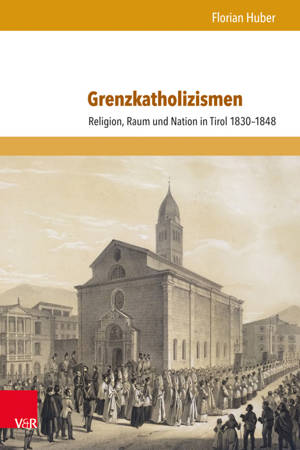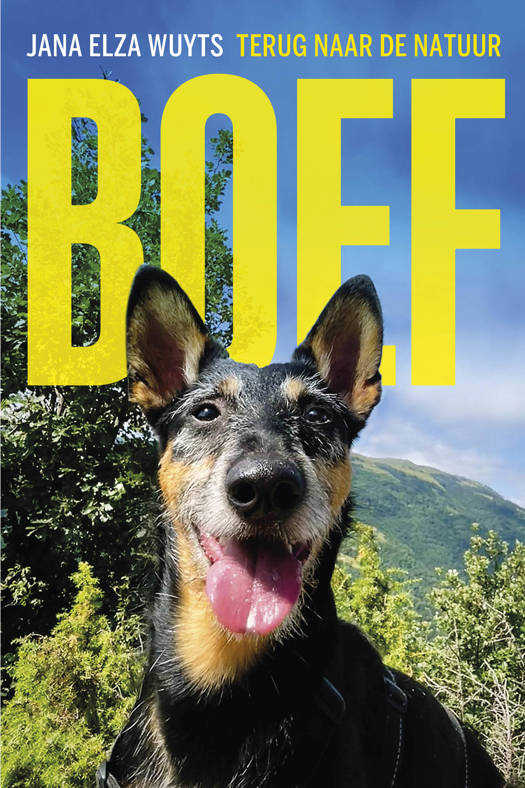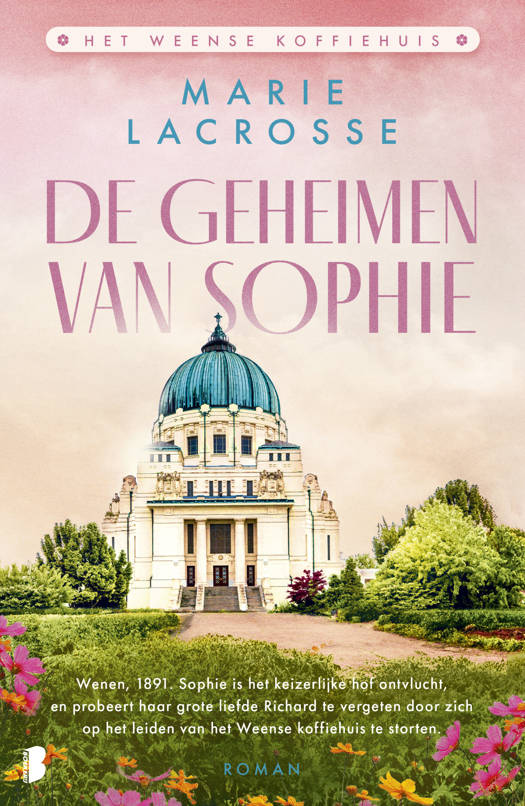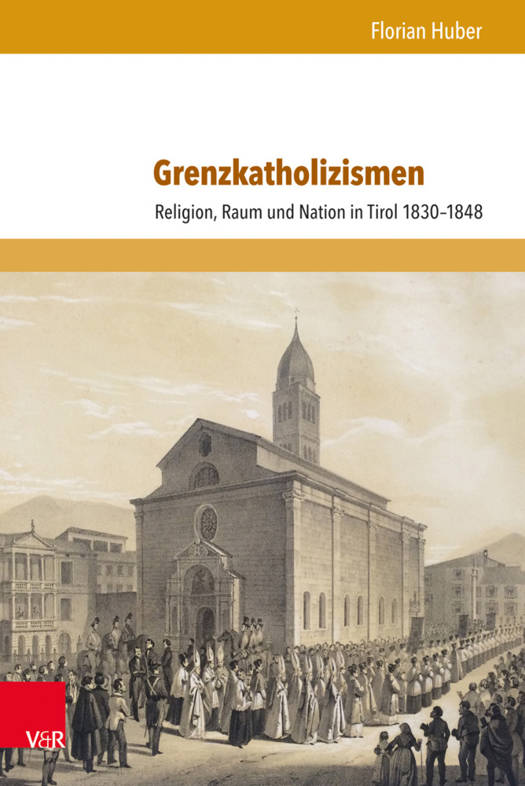
- Afhalen na 1 uur in een winkel met voorraad
- Gratis thuislevering in België vanaf € 30
- Ruim aanbod met 7 miljoen producten
- Afhalen na 1 uur in een winkel met voorraad
- Gratis thuislevering in België vanaf € 30
- Ruim aanbod met 7 miljoen producten
Zoeken
Omschrijving
English summary: The Vormarz can be read as a phase of profound change: enforcement of the central government, media innovation, economic change, new political ideas and religious revivals fundamentally changed Europe's society. Border regions were particularly affected, as was Tyrol, a crownland in the western part of the Habsburg Monarchy, where the "German" and "Italian" catholic cultures clashed as a result of their starkly different reactions to the "impositions of modernity" (R. Schlogl). German-speaking Ultramontanes in northern Tyrol and liberal Catholics in the Italian-speaking south had diverging relationships with the modern state and pursued different models of society. For both branches of Catholicism religion was the central link to their respective nationalities. The study combines the core approaches of borderland studies with religious and media history and shows how historical studies of Catholicism can benefit from transnational perspectives. German description: Im Vormarz veranderten zentralstaatliche Durchdringung, mediale Innovation, wirtschaftlicher Wandel, neue politische Ideen und religious revivals die Gesellschaften Europas grundlegend. Grenzraume wie das Kronland Tirol im Westen der Habsburgermonarchie waren dem in besonderem Masse ausgesetzt. Hier prallten deutsche und italienische katholische Kulturen aufeinander. Deutschsprachige Ultramontane im Norden und liberale Katholiken im italienischen Suden Tirols stellten sich anders zum modernen Staat und verfolgten unterschiedliche Gesellschaftsentwurfe. Fur beide aber war Religion das zentrale Bindeglied zur ubergeordneten Kulturnation. Die Studie verbindet Ansatze der borderland studies mit religions- und medienhistorischen Fragestellungen und zeigt, wie sehr katholizismusgeschichtliche Untersuchungen von transnationalen Perspektiven profitieren konnen.
Specificaties
Betrokkenen
- Auteur(s):
- Uitgeverij:
Inhoud
- Aantal bladzijden:
- 426
- Taal:
- Duits
- Reeks:
- Reeksnummer:
- nr. 23
Eigenschappen
- Productcode (EAN):
- 9783847105749
- Verschijningsdatum:
- 13/06/2016
- Uitvoering:
- Hardcover
- Formaat:
- Genaaid
- Afmetingen:
- 159 mm x 237 mm
- Gewicht:
- 308 g

Alleen bij Standaard Boekhandel
+ 280 punten op je klantenkaart van Standaard Boekhandel
Beoordelingen
We publiceren alleen reviews die voldoen aan de voorwaarden voor reviews. Bekijk onze voorwaarden voor reviews.








